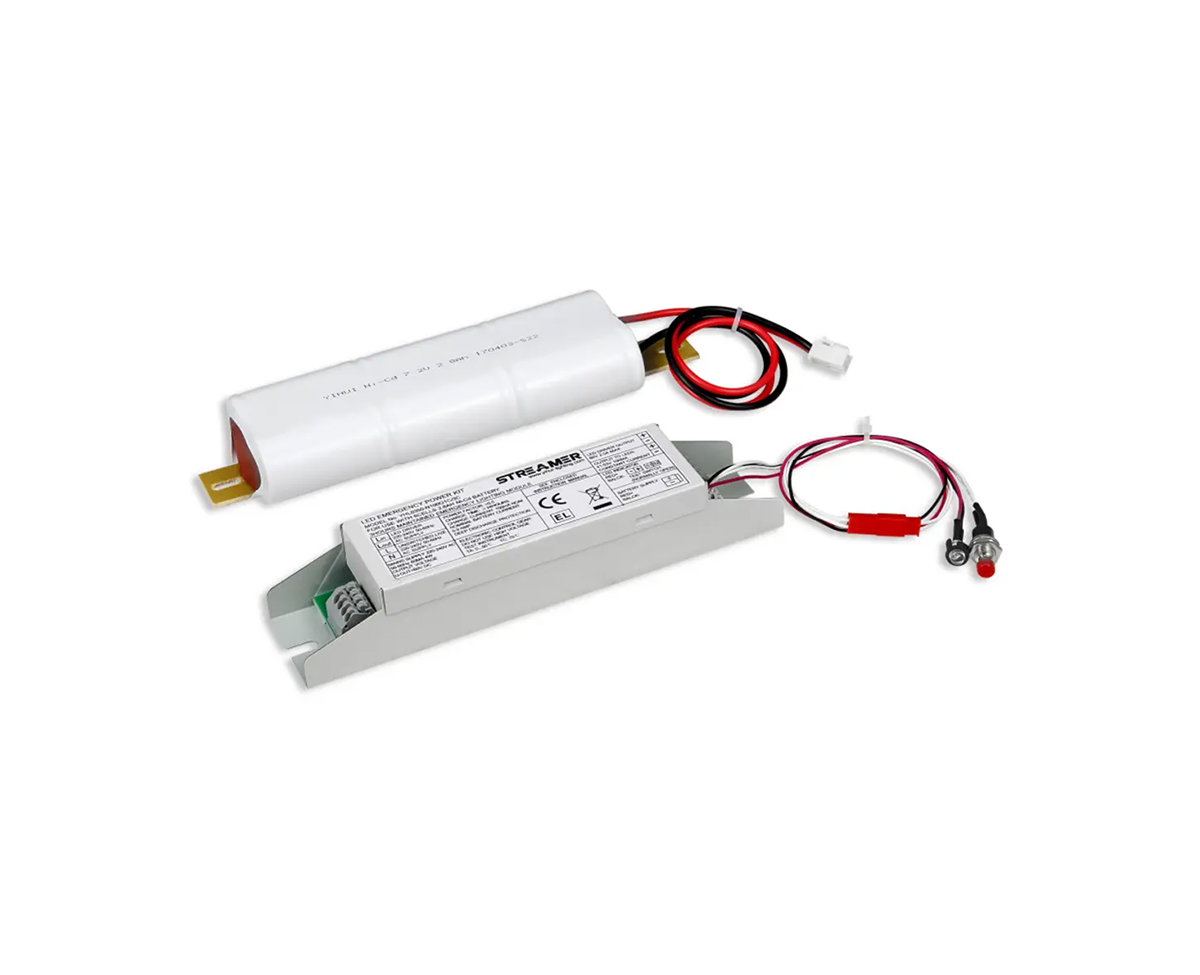 1
1
 Dec 12, 2024
Dec 12, 2024

When an emergency drive experiences a problem, a systematic troubleshooting approach is required. Start by checking the power supply. Ensure that the drive is receiving the correct voltage and current. A faulty power source can lead to a variety of issues, from the drive not starting to erratic operation. Inspect the power cables and connectors for any breaks or loose connections. If the power supply seems fine, move on to the control circuitry.
Examine the circuit boards for any visible signs of damage, such as burnt components or loose traces. Use a multimeter to test the continuity of electrical paths and the values of key components like resistors and capacitors. If the control circuitry appears intact, consider the motor. Check for any unusual noises or vibrations coming from the motor. A grinding noise could indicate worn bearings, while excessive vibration might suggest an imbalance or misalignment. Test the motor windings for shorts or open circuits.
Another area to investigate is the cooling system. If the drive is overheating, it could be due to a malfunctioning fan, a blocked air vent, or a faulty coolant pump in liquid-cooled systems. Inspect the cooling components and clean or replace them as necessary. Additionally, software and firmware issues can also cause problems. Check for any error messages or unusual behavior in the drive's control software. Update the firmware if a new version is available, as it may contain bug fixes and performance improvements. By carefully following these troubleshooting steps, most issues with emergency drives can be identified and resolved, minimizing downtime and ensuring reliable operation.